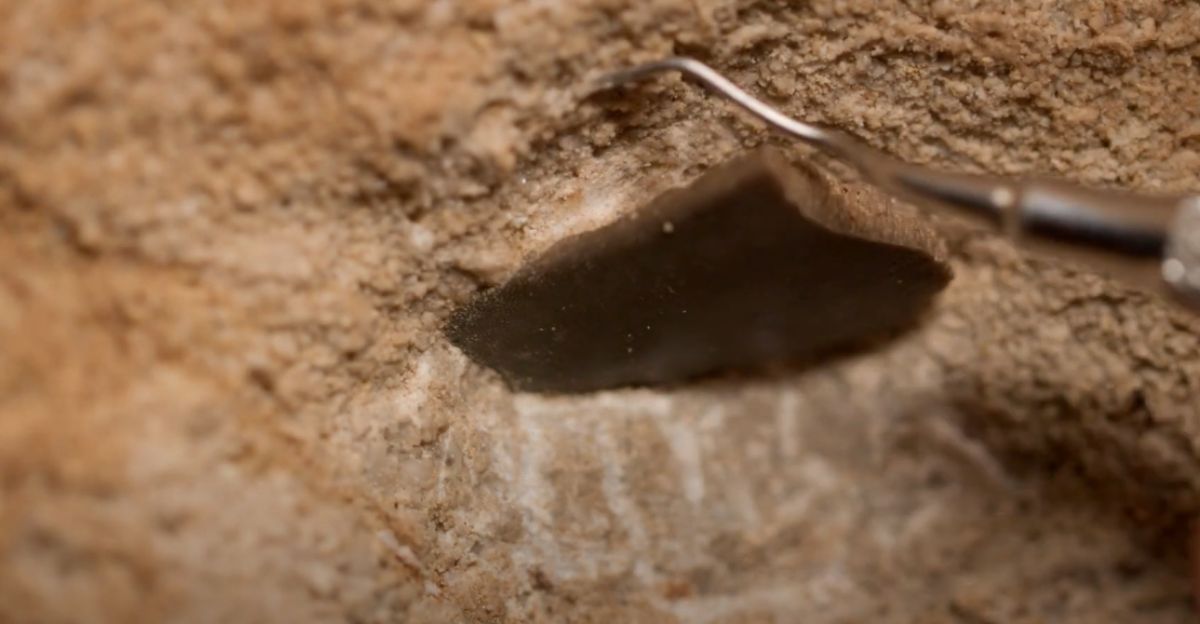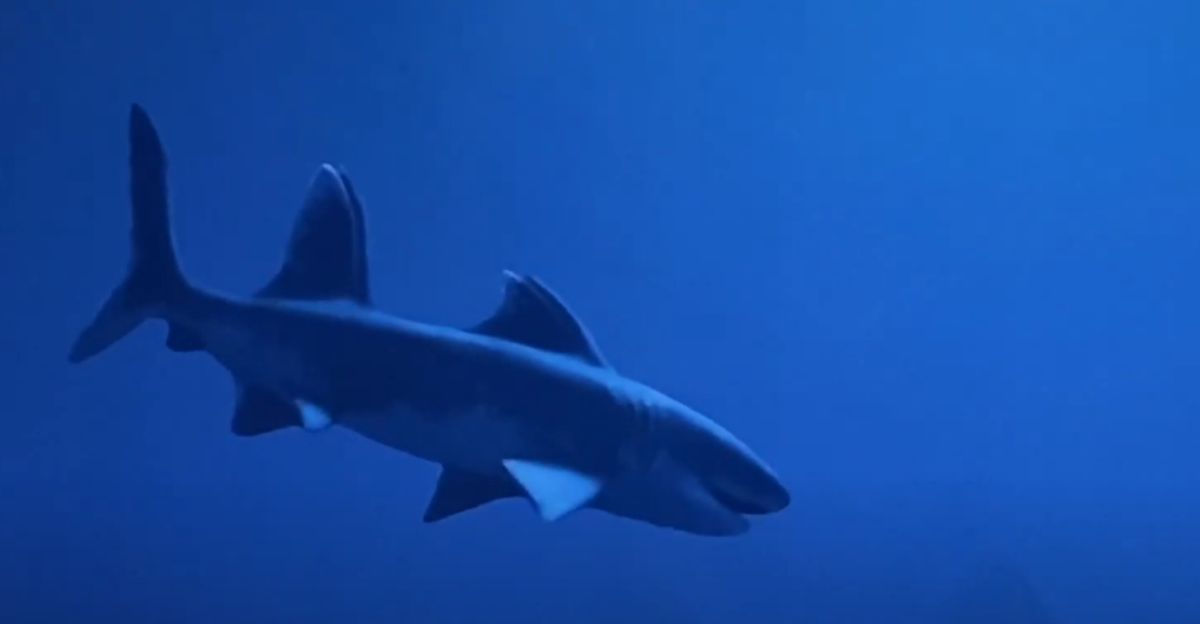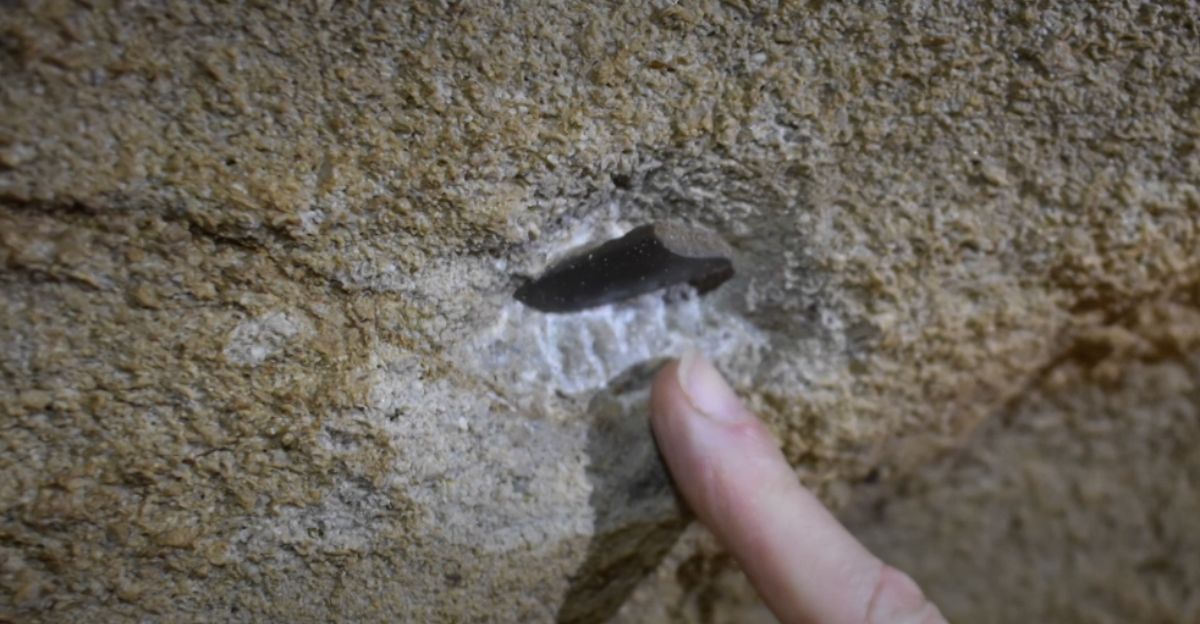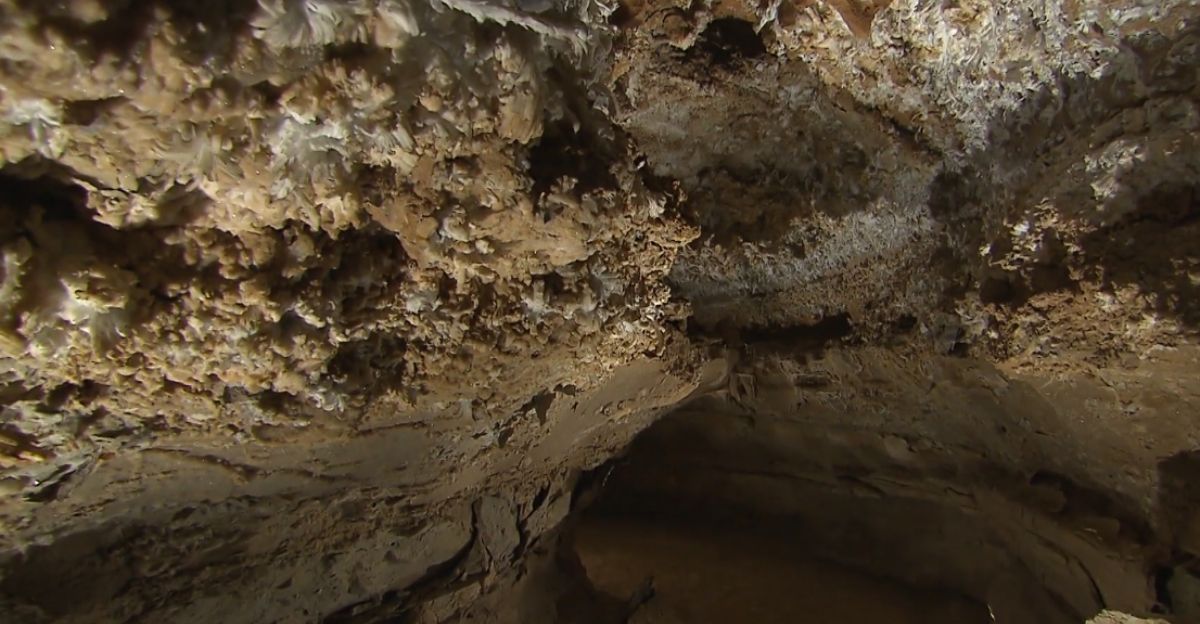
There’s something thrilling about uncovering secrets hidden deep within mysterious caves, and that’s exactly what makes this discovery so captivating. Recently, paleontologists and researchers exploring Mammoth Cave in south-central Kentucky were completely caught off guard when they spotted something they never expected to find. While they knew they were venturing through the world’s largest cave system, what they found would reshape our understanding of prehistoric marine life.
The Mammoth Cave System

The Mammoth Cave system in Kentucky is one of the most incredible and largest in the world. Over the years, explorers have mapped more than 400 miles of passageways within the system, yet countless miles of unexplored tunnels likely still remain hidden. This incredible and intricate cave system is full of chambers, maze-like tunnels, underground rivers, and spectacular formations like stalactites and stalagmites.
The Mammoth Cave is truly extraordinary and has been named a UNESCO World Heritage Site and an International Biosphere Reserve. It’s no surprise that such incredible discoveries continue to emerge from this cave.
An Ancient Ocean

Today, Kentucky is hundreds of miles from the ocean, which is why it is so weird to think that sea creatures were found inside its massive cave system. Well, millions of years ago, Kentucky was submerged beneath a vast, warm sea that was flourishing with marine life. Approximately 340 million years ago, this ocean covered most of North America, making this discovery possible.
The limestone layers that make up Mammoth Cave today were once part of an ancient seafloor. Researchers have discovered fossils of corals, brachiopods, early fish, and even sharks embedded within these layers. As the prehistoric seaway eventually disappeared, it left behind countless fossils for future scientists to find.
Difficult-To-Reach Areas

These extraordinary discoveries were made by the National Park Service’s Paleontological Resource Inventory, which began in 2019. The discoveries were primarily concentrated within the St. Louis and Ste. Genevieve Formations of Mammoth Cave. Researchers and volunteers ventured into some of the cave’s more difficult-to-reach areas, determined to uncover fossils unlike any they’d encountered before.
“I took a picture of it, and they said, ‘That’s almost a whole skull of a shark! And I think it’s the skull of a shark that nobody has seen the head of!” Paleontologist Rick Toomey shared about his discovery. While on his way to take a look at the skull that had been dicovered, Superintendent Barclay Trimble found the tooth of another shark. Toomey said, “He [Trimble] looked up and pointed and said, ‘Hey! Is that one of the shark’s teeth?’ And we said, ‘Wow, that’s going to be a [..] really interesting shark.’”
Troglocladodus Trimblei

Though the finding happened by accident, it is still incredibly fascinating. The shark they had found loved about 325 million years ago was approximately 10 to 12 feet long. What makes T. trimblei truly unique are its distinctive trident-shaped teeth, which is a rare feature that inspired its scientific name, which translates to “cave branching tooth.”
This incredible shark can be compared to the modern White Tip shark. It likely preyed on large fish and even other sharks.
Glikmanius Careforum

Though this genus was already known to researchers, they never expected to find traces of it in this region or period. Based on its robust teeth and partial jaw fossils, it likely had a short head and a very powerful bite, which would have been perfect for preying on smaller sharks, bony fish, and hard-shelled orthocones. These sharks likely grew over 12 feet long and might have been fast swimmers.
The discovery of G. careforum in Mammoth Cave pushes the known origins of the Glikmanius genus back by more than 50 million years.
Stable Subterranean Conditions

Most evidence of these ancient creatures comes from fossilized teeth and jaw fragments, as shark skeletons are made of cartilage, a material that rarely survives over millions of years. However, the stable subterranean conditions of Mammoth Cave preserved some traces of cartilage and gave researchers more insight into these creatures.
“We can hardly move more than a couple of feet as another tooth or spine is spotted in the cave ceiling or wall. We are seeing a range of different species of chondrichthyans [cartilaginous fish] that fill a variety of ecological niches, from large predators to tiny little sharks that lived amongst the crinoid [sea lily] forest on the seafloor that was their habitat,” JP Hodnett, a fossil shark specialist, said.
Dangerous Areas

Most people in the world will sadly never be able to see these findings with their own eyes because of how deep they are located in the massive cave system. Visitors are usually not allowed in challenging, dangerous cave areas. Currently, Mammoth Cave is actively being explored for more discoveries, which poses another challenge.
Jack Wood, a member of the research team, said, “Since so few people will be able to view these extraordinary fossils in person, due to the remote and difficult-to-reach locations they are found within the cave, the 3D models will allow the curious public and other scientists to see these rare fossil sharks.”
An Astonishing Find

The sheer diversity of shark species uncovered in the cave has astonished researchers, exceeding their expectations. They never thought they would fund such a rich abundance of fossils in one location. “We here at Mammoth Cave are very excited to find that we have such an important set of fossils at the park. Although we know we had a few shark teeth in the limestone exposed in the cave, we never imagined that we would have the abundance and diversity of sharks that JP Hodnett has identified,” said Toomey.
These fossils have been extremely important, as they have helped fill the gaps in the shark fossil record, particularly in the Ste. Genevieve Formation, where shark remains had not been documented before.
The Mysteries Yet to Be Uncovered

So far, the ongoing Paleontological Resource Inventory has found more than 70 species of sharks and other fish from the Ste. Genevieve Formation, including many species that are new to science. But this could be just the beginning.
Mammoth Cave likely still has a lot to offer when it comes to inspiring researchers, whether through new fossil finds or unlocking other parts of the cave that have not yet been discovered.
Uncover more fascinating moments from history — and hit Follow to keep the stories flowing to your feed!

Don’t miss more incredible stories from the past! Tap Follow at the top of this article to stay updated with the latest historical discoveries. Share your thoughts in the comments — we’d love to hear your perspective!






